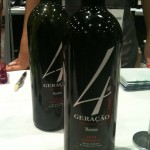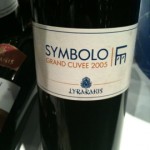Last month, Audubon Greenwich hosted a farm-to-table wine dinner that was a celebration of organic, biodynamic and sustainably produced food and wine. Chef Marc Alvarez of Bedford Hills, NY created a dizzying array of delectable appetizers, followed by a 3-course gourmet meal. The reception appetizers and three courses were paired with wine by Wine Institute of New England. For those guests who are curious to know a little more about what they drank that night, and for all others who seek to learn about organic, biodynamic and sustainably farmed wines, I have decided to write up my notes from the evening. Cheers!
For the reception, Chef Alvarez treated guests to a delightful selection of canapés that included cheese, vegetables and beef. What to pair with such a broad array of foods? Cava, of course! Sparkling wine creates a festive mood and, being high in acid, helps to cleanse the palate between bites, allowing the taster to fully enjoy the various and distinct flavors.
I chose Albet I Noya Cava NV Brut Reserva. Cava, Spain’s sparkling answer to Champagne, was first produced in the 1870’s after winemaker Jose Raventos visited France and tried champagne for the first time. Cava is traditionally produced from three native grapes, parellada, xarel-lo and macabeo (also known as viura), although in the ‘80s, other grapes were authorized for cava production, including pinot noir and chardonnay. Although the denominacion de origen for cava is based on method, not location, 95% of cava is produced in Cataluna with San Sadurni de Noya considered cava’s spiritual home. The traditional methode champenoise is followed, although somewhat less rigorous procedures are implemented than those for champagne.
In 1978, Josep Maria Albet I Noya, who was known to be a strict vegetarian, was approached by a Danish company in search of an organic wine producer for the region. After a successful initial wine was produced, Josep Maria embraced organics and converted to a completely organic vineyard. He was the first in Spain to do so. The vines are treated with green compost rather than chemicals, copper hydroxide is used instead of copper sulphate, the vines are managed to produce lower yields and the amount of sulphur dioxide used in the cellar is approximately half that used in conventional winemaking. All of the yeasts used for fermentation are indigenous to the Penedès region. Since 2004, the winery has been slowly increasing its biodynamic treatments.
The degorjat for this cava (the process of removing the lees from the neck of the bottle) is done manually and the date of degorjat is printed on the bottle labels. This is important because ideally cava should be drunk within one year of degorjat. This sparkler showed great acidity with citrus notes, crisp minerality and an overall clean and well-balanced presentation. And as a tribute to Josep Maria, it is vegan.
For the appetizer, a pumpkin soup seasoned with sage, I chose Bonterra Viognier from Mendocino, California. Viognier, native to the Rhone in France, is a heady, succulent, sexy grape. In France it is typically drunk as vins de pays and is often blended with Syrah. In California, this hefty grape is allowed to ripen more fully which results in a dark yellow wine with high alcohol and seductive aromas of apricots, peaches, blossoms, honey and tropical fruit.
Bonterra produces certified organically grown grapes on its 378 acres. Organic since 1987, the vineyard is sustainably maintained incorporating beehives, free range chickens, sheep and bird boxes. This luscious viognier is blended with two other Rhone grapes, rousanne and marsanne, as well as muscat. The result is a rainbow of aromas including peach, honeysuckle, jasmine, apricot and vanilla. This intoxicating wine, which displayed just a hint of oak, was elegantly balanced between crispness and creaminess.
A choice of entrees provided WINE with an opportunity to showcase some additional wines. For the lamb dish, I decided to brave uncharted territory and pair it with a grape that is not well known, but is certainly worthy of great attention – tannat. Tannat, indigenous to Southwest France and one of the oldest varieties in all of France, is one of the four most tannic grapes in the world. This grape is so high in tannins that the procedure of micro-oxygenation was actually invented specifically to tame this grape. It is often blended with varieties such as cabernet sauvignon, cabernet franc and merlot to soften its tannins. Tannat was taken to Uruguay in the nineteenth century where it is now flourishing. The difference in climate and terroir produce a grape that, while still in high in tannins, creates wines of superb quality when produced in low yields.
I was thrilled to treat the guests to Bodegas Carrau Ysern Tannat from Uruguay, having just met the winemaker, Dr. Francisco Carrau, the week before the event. With roots in Catalonia, Spain dating back to 1752, the Carrau’s moved to Uruguary where they have been at the forefront of innovative winemaking since 1930. Bodegas Carrau was the first to export wines from Uruguay, they introduced the idea of using tannat for top reds in 1973, and in 1997, they built one of the most innovative wineries into the side of a hill to capitalize on low-input winemaking. Bodegas Carrau employs organic and sustainable methods, uses indigenous yeasts and makes some of their wine without the addition of sulfur. Their Ysern Tannat spends 20 months aging in French and American oak and was reminiscent of dried fruit, dark chocolate and oranges. For those of you familiar with Barcelona Restaurant, they have recently added Bodegas Carrau wine to their award-winning wine menu.
Guests who chose the Farro Risotto for their entrée had a choice of red or white wine. For the red, I selected the biodynamic Nuova Cappelleta Barbera del Monferrato Minola. Barbera is the third most planted red grape in Italy after montepulciano and sangiovese. This high acid and richly pigmented grape is native to Piedmont. Sadly, in 1984 there was a methanol scandal that caused people to shy away from this delightful grape for some time. I am glad to see this late-ripening, grape making a well-deserved comeback.
The color alone is a treat and, in fact, the barbera grape is often used to “correct” the color of nebbiolo, the grape used for Barolo. Founded in 1965, the 520-acre estate at Nuova Cappelleta was certified as a biodynamic farm in 1984. The daughter and grandson of the founder hand harvest the grapes and use indigenous yeast for these vegan wines. This reserve wine, which was aged in French oak for twelve months and then in the bottle for another six, was a rich ruby red. 100% barbera, the wine had distinct aromas of vanilla and cinnamon, an excellent structure and was well balanced. I have had the pleasure of tasting their entry-level barbera and highly recommend it, as well.
For those risotto eaters desiring a white wine with their main course, I offered another biodynamic selection, a Domaine de Zind Humbrecht Pinot Gris from Alsace. Pinot gris is a mutation of pinot noir. Although native to Burgundy, France, pinot gris is most familiar and revered in Alsace. The grape is known as pinot grigio in Italy, and there is actually more planted in Italy and in Germany than there is in France. In the United States, it is the number one planted white in Oregon, where they produce a style similar to that made in Alsace – high acid, medium to full body, neutral aromas of apple and pear. These wines are generally quite rich, dry and gently perfumed. In 1997, Olivier Humbrecht began his first organic and biodynamic vine trials, receiving biodynamic certification in 2002. M. Humbrecht has stated that his conversion to biodynamic farming was inspired by the effects he perceived from the high quality compost used in this method. The pinot gris had a deep golden color which evinced extra ripeness. The aromatics included cocoa, peach, pear, and some nutty scents. Very complex, the wine was big, bold and firmly acidic with honey, exotic spice and bergamot notes.
To complement the apple tart dessert, I treated guests to a very special dessert wine produced from chenin blanc. Another highly acidic grape, chenin blanc, a native of the Loire, can be long-lived and is used to make wines from dry to sparkling to sweet. This grape is also popular in South Africa where it is often referred to as steen and, in fact, twice as much chenin blanc is planted there than in France. Terroir plays a critical role in the production of wines made from chenin blanc. The dessert wines typically have a concentrated honey flavor with strong dairy tastes, such as clotted cream or sour cream. I was fortunate to obtain an excellent example of this dessert wine from Anjou-Saumur in the Loire, Domaine de Mihoudy. Produced by Cochard et Fils, a sixth generation sustainable winemaking estate, this floral and elegant wine with hints of honey and orange blossoms was the perfect mate to the evening’s final course.
List of Wines with Prices:
Albet I Noya Cava NV, Spain $20
Bonterra Viognier 2007, California $13
Bodegas Carrau Ysern Tannat 2005, Uruguay $16
Nuova Cappelleta Barbera del Monferrato Minola 2006, Italy $16
Domaine de Zind Humbrecht Pinot Gris 2009, Alsace $22
Domaine de Mihoudy Chenin Blanc, Anjou-Saumur $30
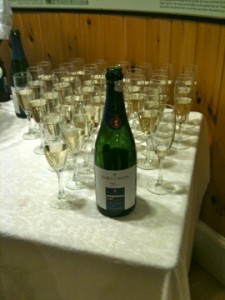
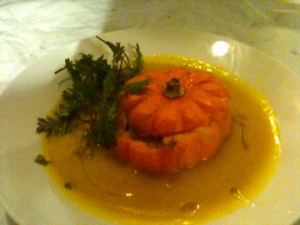
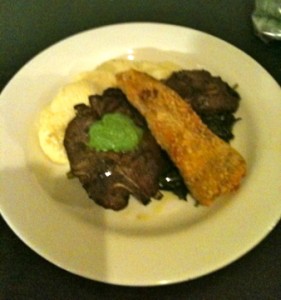
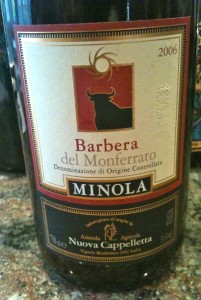
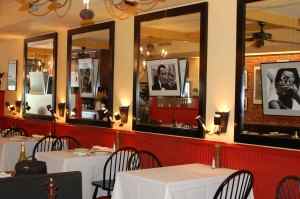
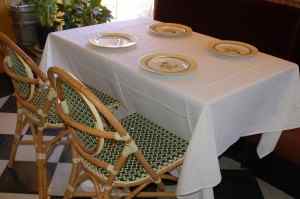
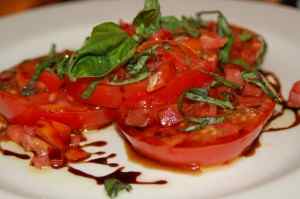
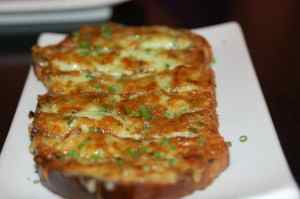
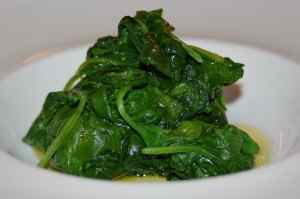
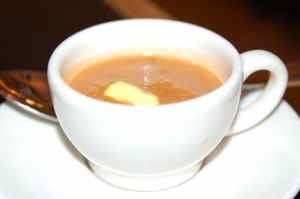
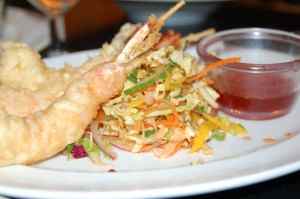
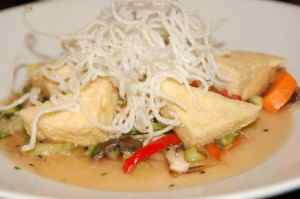
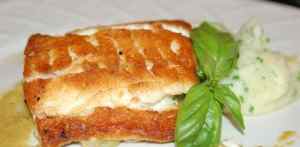
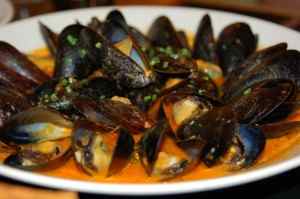
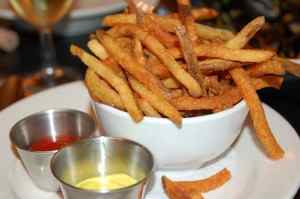
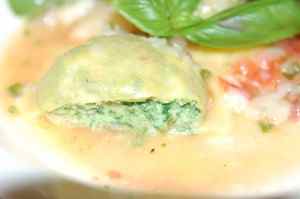
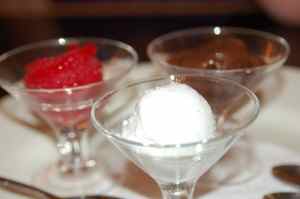
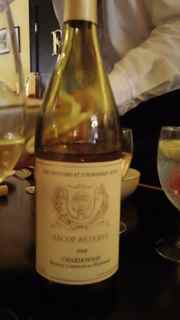
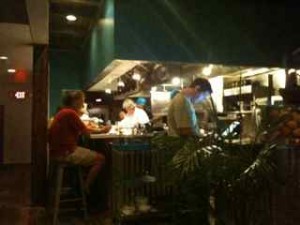
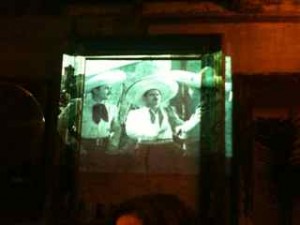
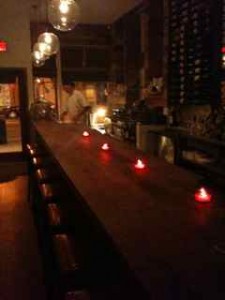
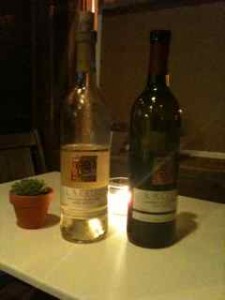
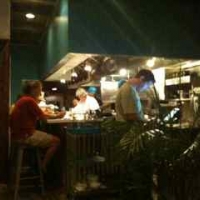
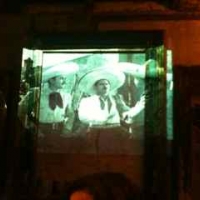
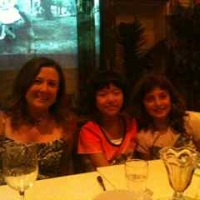

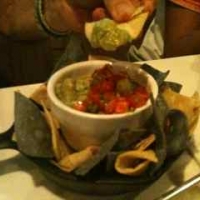
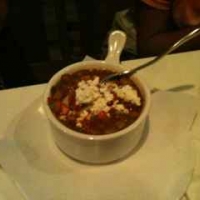
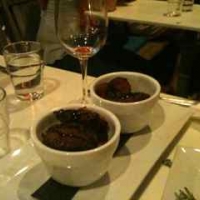

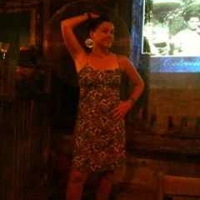
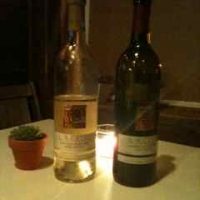
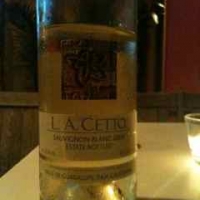

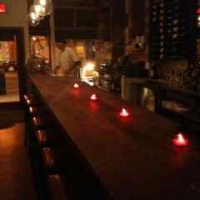
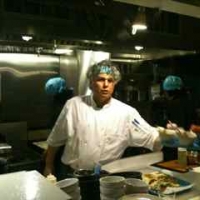
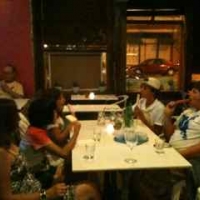
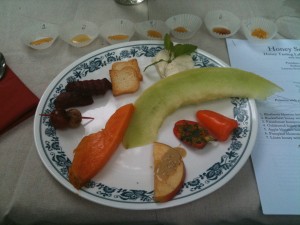 So what, exactly, do wine and honey have in common? More than you might think. Many people are familiar with mead, a centuries old honey wine often attributed with being the oldest alcoholic drink in the world. But last weekend, it was not wine that was being tasted. WINE attended a honey tasting laboratory at Red Bee in Weston. It was an eye-opening experience, to say the least.
So what, exactly, do wine and honey have in common? More than you might think. Many people are familiar with mead, a centuries old honey wine often attributed with being the oldest alcoholic drink in the world. But last weekend, it was not wine that was being tasted. WINE attended a honey tasting laboratory at Red Bee in Weston. It was an eye-opening experience, to say the least.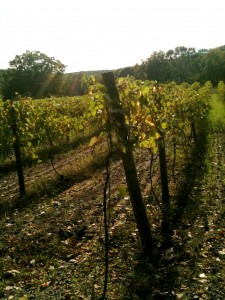 I recently became involved in Connecticut’s Farm to Chef Program, a wonderful group whose mission is to connect local culinary professionals with producers and distributors of Connecticut grown products. My involvement began as a result of my work with a few Connecticut chefs committed to producing menus based on locally grown and produced food, and our mutual interest in promoting local wineries. The following is the story of my local journey. It was published in the May CT Farm-to-Chef Newsletter.
I recently became involved in Connecticut’s Farm to Chef Program, a wonderful group whose mission is to connect local culinary professionals with producers and distributors of Connecticut grown products. My involvement began as a result of my work with a few Connecticut chefs committed to producing menus based on locally grown and produced food, and our mutual interest in promoting local wineries. The following is the story of my local journey. It was published in the May CT Farm-to-Chef Newsletter.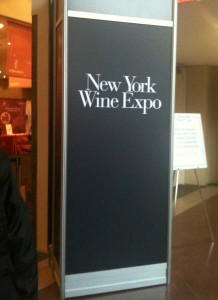 If ever I wished for a day that had more hours in it than 24, yesterday would have been that day. I attended the International Restaurant and Foodservice Show of New York at the Javits Convention Center. I was excited to peruse the aisles of the Japan Pavilion section while sipping sake, and cruise the endless rows of cheese and baked goods. But the real reason I dragged myself out of bed at 6:15 on Sunday morning was just down the hall from the show – the New York Wine Expo. Upon learning that the Expo was showcasing over 640 wines from over 160 winemakers from all over the world, I steeled myself for some serious sipping. With so many wines and so few hours, though, where does one begin?
If ever I wished for a day that had more hours in it than 24, yesterday would have been that day. I attended the International Restaurant and Foodservice Show of New York at the Javits Convention Center. I was excited to peruse the aisles of the Japan Pavilion section while sipping sake, and cruise the endless rows of cheese and baked goods. But the real reason I dragged myself out of bed at 6:15 on Sunday morning was just down the hall from the show – the New York Wine Expo. Upon learning that the Expo was showcasing over 640 wines from over 160 winemakers from all over the world, I steeled myself for some serious sipping. With so many wines and so few hours, though, where does one begin?